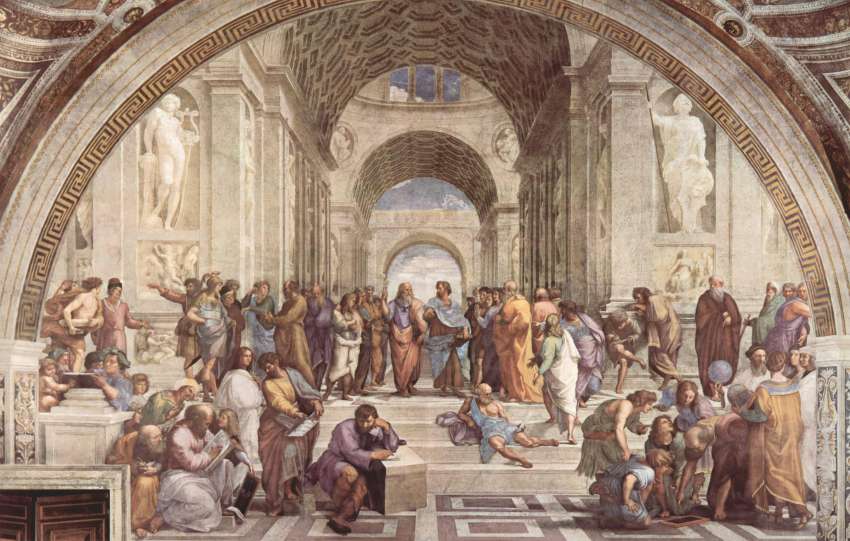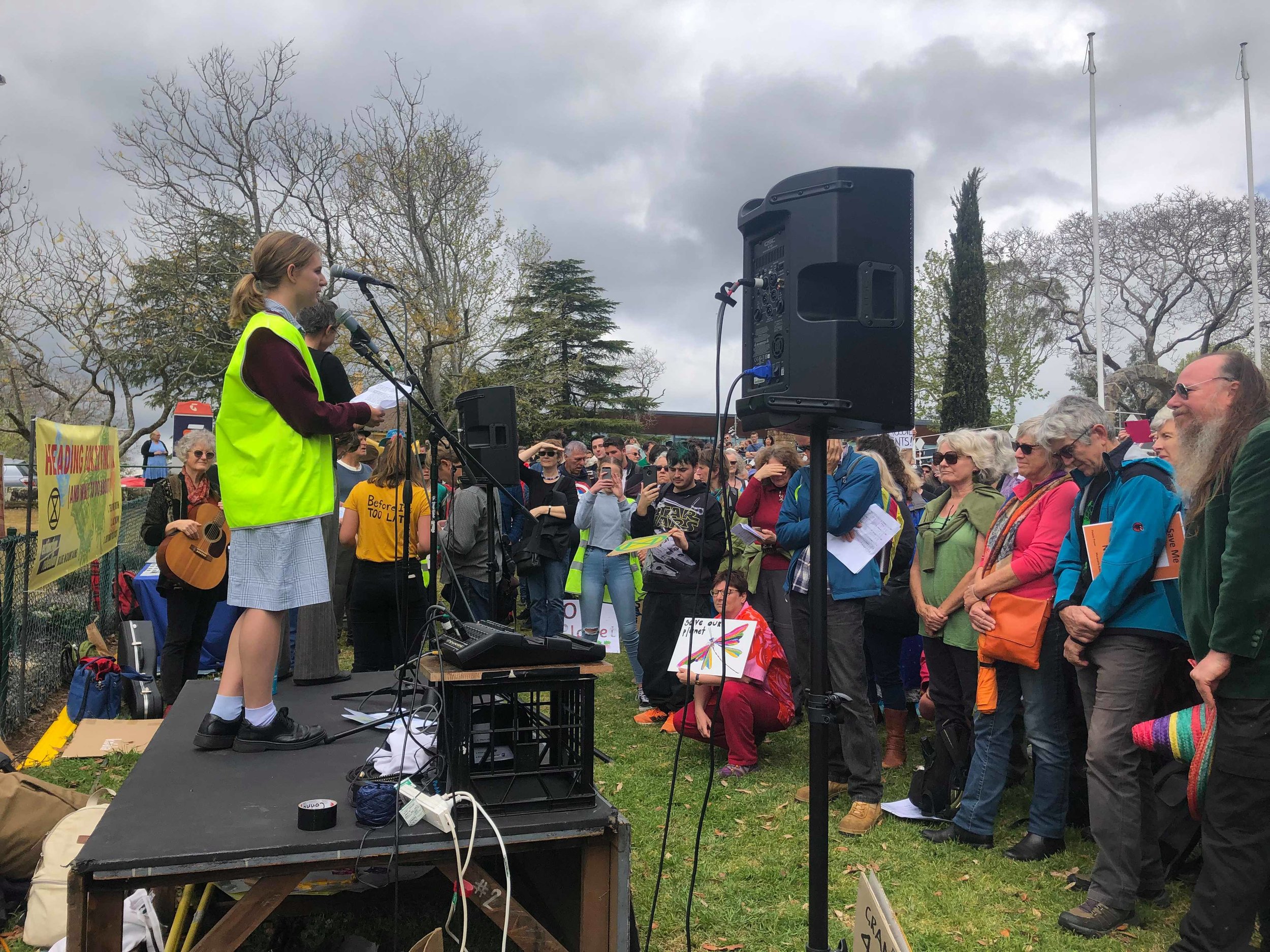Share This Article
Discovering your ‘political self’ is yet another challenge of emerging adulthood for university students.
Differentiating through generational bias, parental influence & programmed thinking, to find at one’s core what they hold as ‘just’.
Yet, in the chaotic realm of social media and growing partisanship, how are the political views and behaviours of Gen Z influencing the future of the political landscape?
Gen Z has shown unprecedented levels of political engagement, a trend accredited to the rise of technology & the internet, providing young voters with bounds of accessible information at their fingertips. However, media consumption dangerously floods students daily with what is known as ‘primed media’. This concept describes how companies subtly shape opinions by embedding pre-formed ideas into their audience’s subconscious. This is achieved by using targeted media strategies to connect with specific consumer profiles, aligning with their existing beliefs while adhering to broader societal narratives of right vs wrong. Digital echo chambers within social media epitomise ‘primed media’ by clustering Gen Z users and fostering shared beliefs, such as the widespread political support for Gaza.
However, this phenomenon raises an important idea that is often overlooked in our strict partisan world – the radicalisation of Gen Z through the promotion of extremist ideas that challenge the status quo, leading to equally extreme reactions from opposing parties as a form of defense. ‘Progressive’ ideas are uniquely defined by each generation, with the left expanding its scope from racial to sexual and now gender acceptance. In reaction, Gen Z conservative voters, typically aligned with their parents, flee dramatically right. This creates a void.
‘The Middle’.
Centrism, once described as the ‘vital centre’ by Arthur Schlesinger Jr., is now often dismissed as a lack of political passion or conviction. Literature has criticised this moderate ideology for its unethicality, ignorance and flawed rhetoric; however, my growing concern revolves around its amplified rejection as a viable stance by the radicalising Gen Z. Among a ‘politically engaged’ youth, centrism is often seen as morally inverted self-righteousness, a stance taken merely to satisfy civic duties.
However, I argue the centre is vital to an operable future democracy. The media narratives have a growing appetite for opposing forces to achieve political stability – left vs right, red vs blue, good vs evil. The political sphere is stratified, as young voters are convinced to flee into corners of the grid and stand on one side of the line. I stay on the fence.
Communism advocates for total state ownership, while capitalism prioritises individual ownership. Two viable ideologies, two timeless ideas tackled by the greatest thinkers, yet two options I fail to fully subscribe to. In navigating political hurdles, moderate Gen Z voters should not be forced to choose ‘the lesser of two evils’ but instead be represented within the political spectrum.
In Australian politics, policies and decisions often reflect a moderate and centrist perspective, aiming for pragmatic solutions rather than ideological purity.
Government decisions are decorated in radical rhetoric and promise but fall within the middle to please the majority. By this understanding, a centrist political self can be a compromise of Gen Z’s political beliefs of tradition and protest. Not only is it a viable option, but it is central to existing in an operative democracy.
Centrism is not a political excuse, but the viability of the ‘Grey area’ must be assessed for the future of democracy. I find myself among politically engaged youth who understand that while capitalism and communism offer valuable insights, their extremes are deeply flawed and often impractical. Gen Z’s newfound accessibility of information has a dual effect – it creates greater political awareness and reinforces bias by limiting exposure to diverse perspectives, exacerbating ideological divides. It is alienating for those who don’t fit neatly into these extremes. Social media polarisation and identity tribalism fuels the ideologies of Gen Z to discourage young voters to settle in the middle, rather than find a position that allows one to belong. A fundamental human drive as articulated by Maslow’s hierarchy of needs, predating modern political structures and ideologies.
The middle’s negative reputation presents danger to future political climates to expand the spectrum in a multilinear way through the displacement of the centre as a voting stance. Thus, repercussions span further from the radicalising the right ‘wing’ and left ‘wing’ to the redefinition of political alignment into new categories. I persist that the middle is a viable stance.
Embracing diversity is a reoccurring belief within Gen Z, and centrist ideology presents a unique solution. The modern political taxonomy of ‘intersectionality’ – considering interconnected social categorisations such as race, sex and class – understanding aspects that form your political self to form opinions. These factors may conflict with each other, but centrism acknowledges they find a compromise – a centre. The layers of experiences and background inform who we are in varying ways therefore the centrist political approach that embodies such a behaviour is a viable stance.
I remain at a crossroads in my political identity—too left to be right, too right to be left, and yet the centre doesn’t fully align either. How can Gen Z engage with democracy in a polarised and complex world?
While the answer is uncertain, our role is to foster dialogue, seek common ground, and pursue pragmatic solutions that respect intersectionality. In doing so, we, as Gen Z, might navigate the complexities of modern democracy with a nuanced approach, embracing the grey areas.



